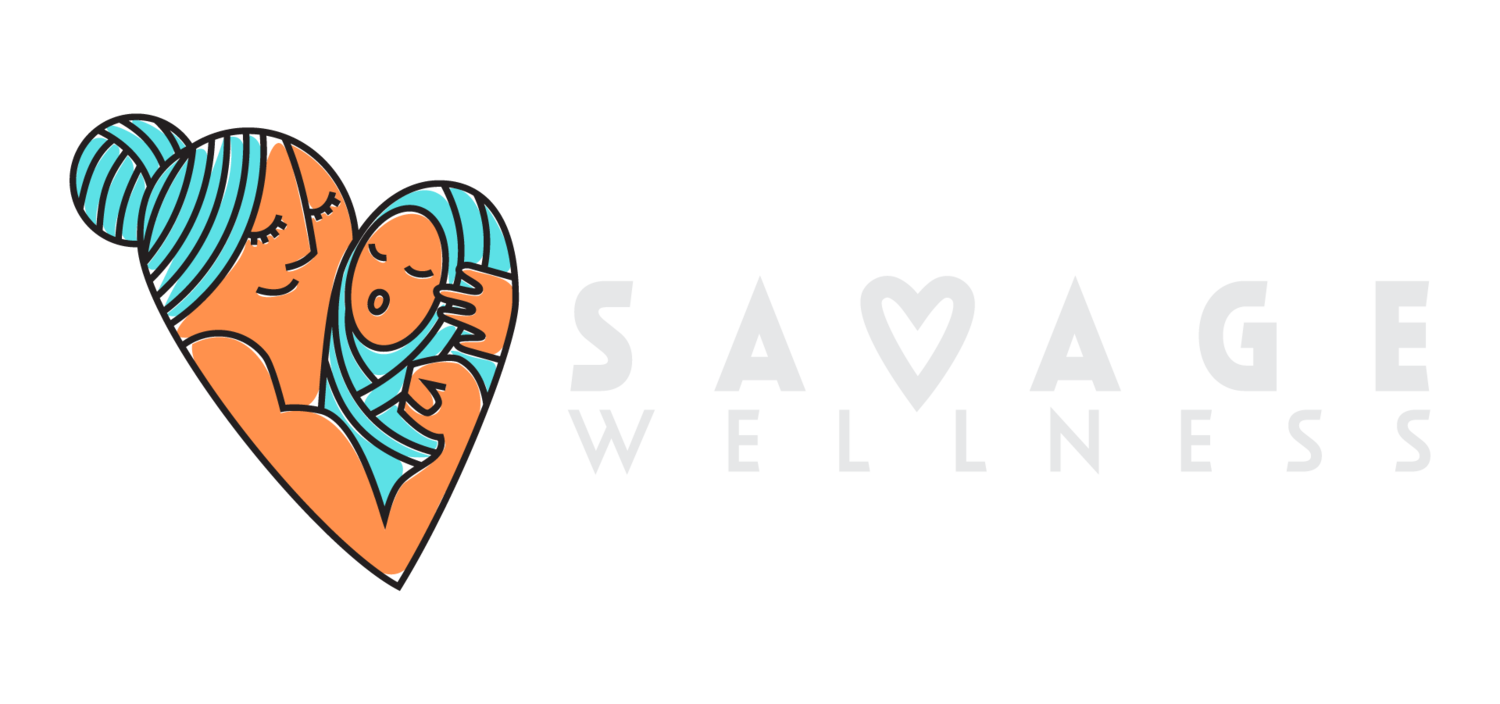Focusing meals and snacks around protein and fiber, can be one of the single simplest ways to sustain a healthy meal plan and trouble shoot the unhealthy habits you may have developed. From troubleshooting cravings and random hunger or trying to get your meals and snacks to be healthier, basing your diet around lean protein and fiber will help you settle in to a healthier (and yummy!) diet. In addition to helping even out your nutrition intake, eating a diet based on fiber-rich foods such as fruits, veggies and whole grains combined with lean proteins, is a delicious way to up your antioxidant and amino acid intake as well. AND, you can eat larger portions of food thanks to their nutrient density and low calorie content.
Below are 4 ways to make each meal and snack centered around fiber and lean proteins:
1) Breakfast
Smoothies are an awesome super healthy breakfast (or dessert!). Grab some ice and yogurt or your favorite milk of choice and throw in nuts, bananas, dark leafy greens, ground flax seeds, chia seeds, berries and, literally any fruit or veggie you have on hand for a protein and fiber packed meal. If you don't want a smoothie, you can warm up some grains like traditional oats, or even bulgar or quinoa - add some fruit, seeds, nuts and/or milk and even a drizzle of honey to make it EXTRA yum. Or add veggies to an omelet with a side of cottage cheese - throw some fresh fruit such as cantaloupe, mango, strawberries and blueberries on the plate and call it a meal from heaven!
2) Lunch
Lunch has SO MANY great and quick options! A cup of lentil soup, or a whole wheat wrap filled with hummus and veggies make for a delish and nutrish meal. Grab some high protein grains like spelt, quinoa, kamut, teff, amaranth, wheat germ, bulgur, or barley, stir fry up some veggies and/or add in a lean protein like salmon or chicken! Stewed tomatoes and ground grass fed beef or turkey are also great ways to add flavor to your grain bowls. Spices here are key, too, to up the yummy factor! And there are all sorts of health benefits in eating turmeric, cayenne pepper, cinnamon and other spices! Good old tuna or chicken salad are also GREAT go-tos for a protein and fiber heavy meal - adding things like nuts, flax seeds, dried berries, celery, basil, greek yogurt, avocado, curry powder and more can really make it something special!
3) Dinner
Everything in the lunch program works for dinner, too! But if you have time to roast a chicken, try stuffing it with dried fruits such as apricots, pears and raisins. Bison is also becoming a staple in family kitchens - great for burgers and pasta sauces! Grill a light fish dish and add a mango and avocado salsa. Serve on a bed of zoodles or other fun veggie options and you won't even miss the pasta you may be used to. Grilled or roasted veggies should accompany every dinner. They are so easy to prepare with some salt, pepper, and olive oil. Not only are they tasty, but they will fill you up without making you feel gross and while keeping your meal low cal - watch the amount of oil you use - it's easy to pile on the calories without realizing it!
4) Snacks
Check here for my blog on great snack ideas, too! Apples or bananas and nut butter are easy and awesome. Sprinkle some ground flax seeds and dried cranberries on anything to help boost nutrients and your taste buds. Make your own trail mix with pumpkin seeds, almonds, dried fruits and even just a touch of chocolate.
Throw these on your shopping list:
Whole grain breads, pastas, crackers, wraps, and tortilla chips
Vegetables and fruits of any and all kids! Variety is the key to staying consistent! Even pre cut ones sliced to substitute in for your carbs.
Seeds and nuts
Rice cauliflower and cauliflower pizza crusts
Nut butters with no added sugar
Whole grains like spelt, quinoa, kamut, teff, amaranth, wheat germ, bulgur, or barley
Tips and warnings (copied from www.livestrong.com):
Soaring with fiber and minerals, fruits and veggies are a water-rich, healthy way to naturally add sweet flavor to any dish. Low on the glycemic index, they can increase energy levels and leave you feeling refreshed and cleansed. Other great sources of fiber include beans, legumes and whole grains such as brown rice, quinoa, buckwheat, amaranth and spelt. Protein, an essential nutrient for cell repair and maintenance comes from a vast array of tasty sources such as chicken, turkey, fish, eggs, tofu, nuts, beans, seeds, grains, Greek yogurt, low fat dairy and lean beef. Combine sources rich in fiber and protein, which when paired together will stabilize your blood sugar and keeping you satiated. Moderation is always best; be sure to drink enough water when eating high fiber foods to keep from causing a blockage in your system. Be sure to reach for lean sources of protein and keep an eye on the cholesterol you consume in protein-rich foods such as red meat, whole dairy and other high fat foods. Before starting any diet, be sure to talk to your doctor to determine if the low carb, high protein approach is right for you.
Too much fiber may lead to gas, diarrhea, abdominal discomfort, constipation and bloating. Moreover, consuming too much fiber may lead to an inability to absorb certain nutrients. High protein diets may cause problems with mood changes, which may result in cravings for carb-rich foods. High protein diets may lead to a loss of calcium in bones, which in turn may cause osteoporosis. Consuming too much protein may put a strain on the kidneys.

